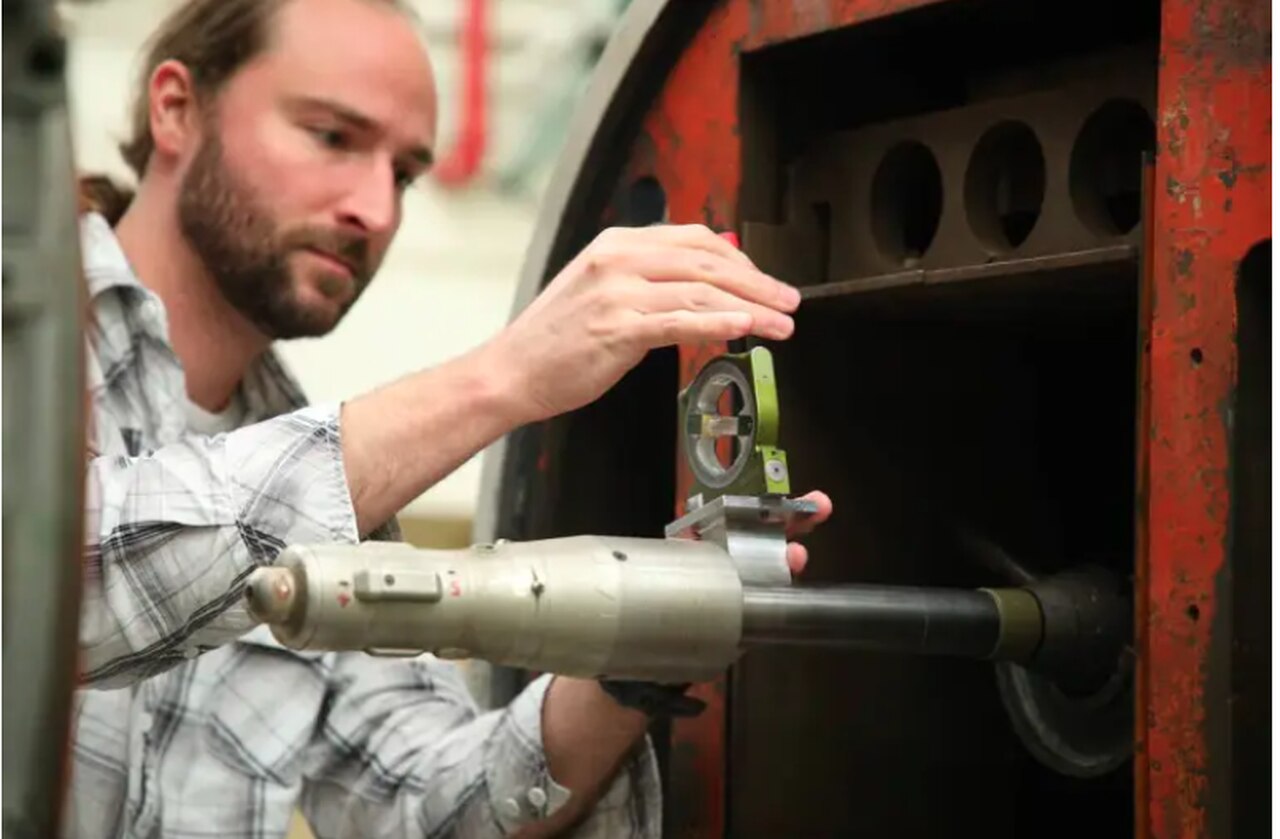NASA center using historic wind tunnel for new Mars research
Sometimes there’s no tool like a trusted old tool when you’re doing something important. NASA is proving that again at its Marshall Space Flight Center in Huntsville.
Marshall recently used a small wind tunnel to test the design of the first rocket that will launch from Mars. That’s correct, from Mars into space. The rocket is part of NASA’s intricate plan to get samples from the Red Planet back to Earth in the early 2030s. Those samples could prove the existence of life elsewhere in the Solar System in the ancient past, life that could have led to life on Earth.
NASA’s Perseverance rover is collecting those surface samples now in an ancient Martian delta. The Mars Sample Return program is Part 2 of a plan that involves sending a rocket with a lander that will stay on the Martian surface for almost a year collecting the rover’s samples.
Part 3 gets even more interesting. An arm on the lander will load the samples on the surface into a small rocket that will launch them into Mars orbit. There, they will be picked up by an orbiting return vehicle and brought back to Earth. It would be the “first vehicle to launch from the surface of another planet,” NASA said.
In July, Marshall fired up its historic small wind tunnel (24 inches long and 14 inches in height and width) and capable of generating winds at supersonic speeds up to Mach 5 (3,800 mph). The tunnel has a “history of testing iconic rockets,” Marshall says, “including Redstone, Jupiter-C and Saturn, as well as Space Shuttle and SLS (Space Launch System) designs.”
Any problems that surface in the current tests will lead to any modifications needed in the rocket that will launch the samples off Mars into orbit for pickup.
Back on Mars, the rover is collecting its samples in “an ancient river delta” that could contain evidence of ancient microbial life. Early research pointing to that area as promising was done by Dr. Caleb Fassett, a researcher at Johns Hopkins University who also operated for years at the Marshall center in Huntsville.
